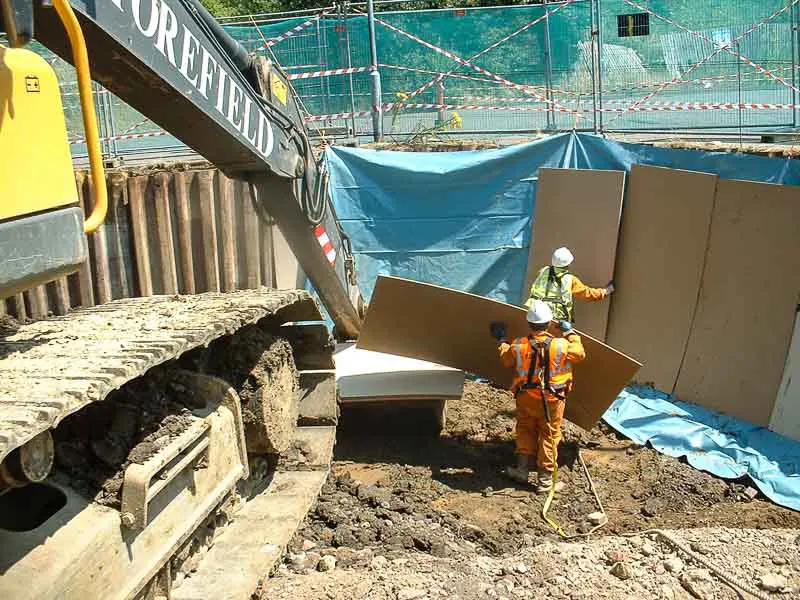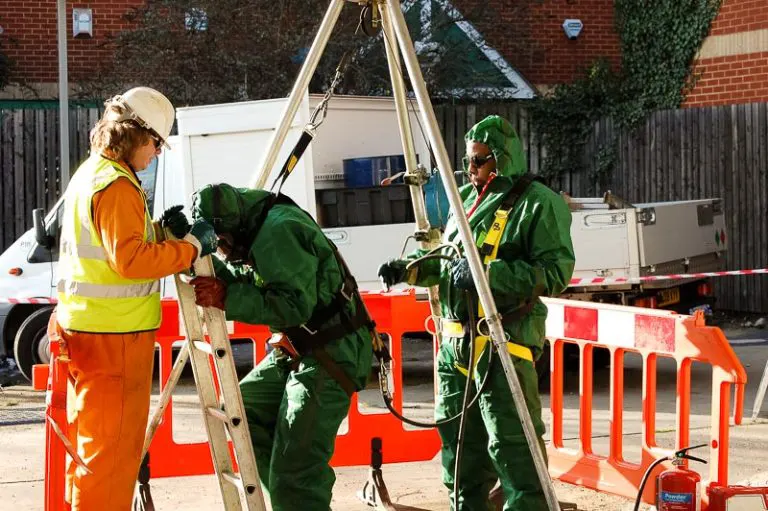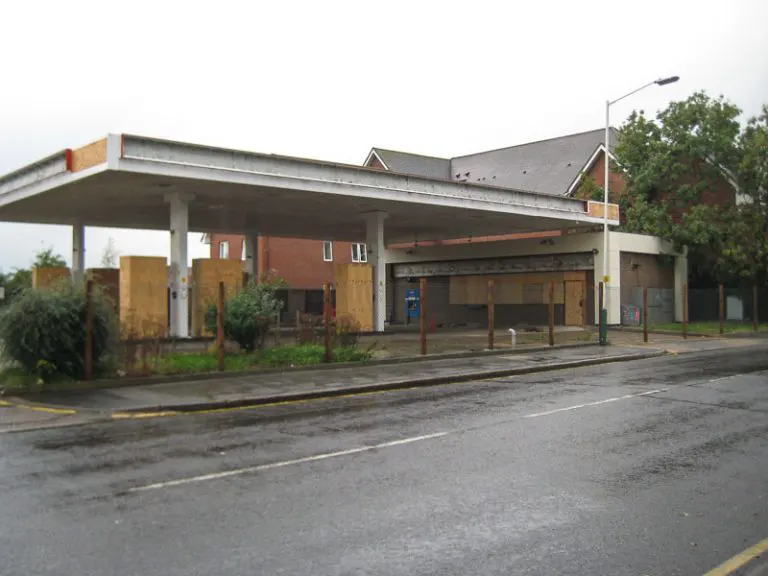DP Fuel Tank Services has the expertise and experience to conduct forecourt decommissioning and the decontamination of land previously occupied by fuel stations, prior to it being put to other uses.
You would expect to find contamination in a refuelling station to be from leaking petrol, diesel or oil from the tanks on-site. However, DP Fuel Tank Services has even identified and dealt with cases of contamination leaching into sites from neighbouring properties.

Specialist Environmental Consultants
During the process of decommissioning redundant refuelling stations, the company’s environmental consultants take a number of core samples to test for contamination. The result of those tests will determine whether the land needs to be excavated, and if so, how much.
The normal Site Decontamination process of cleaning the land is a relatively straightforward procedure of removing all the contaminated material to an approved landfill site and filling the hole with clean material. In a case where contamination is from adjoining property, DP Fuel Tank Services has experience in constructing underground barriers, prior to filling, to prevent future contamination.
What is site decontamination, and why is it necessary for fuel station sites?
Site decontamination refers to the process of cleaning and removing contaminants from land that was previously occupied by fuel stations, preparing it for other uses. Contamination in a refuelling station site can result from leaking petrol, diesel, or oil from on-site tanks. DP Fuel Tank Services has even identified and addressed cases of contamination leaching from neighbouring properties. Decontamination is necessary to ensure the safety and environmental compliance of the site and to make it suitable for future development or use.
What is the role of environmental consultants in site decontamination, and how is contamination assessed?
DP Fuel Tank Services employs specialist environmental consultants who play a crucial role in the decontamination process. They take core samples from the site to test for contamination, and the results of these tests determine the extent of decontamination required. If contamination is detected, the consultants assess whether excavation is necessary and the volume of material to be removed.


